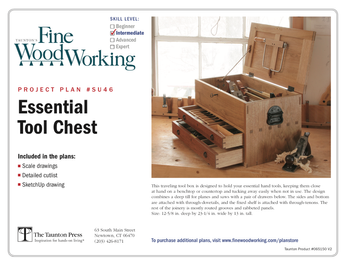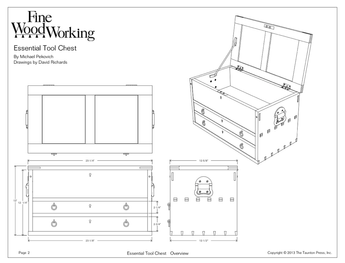Hi,
I recently turned a Jarrah Burl, and when finished the bowl had tons of checking, which I understand in normal for a burl. I do not like the open wood left on the bowl, and am wondering if any of you have used items to fill in the gaps (so to speak). With your response, if you could also help me out by telling me where to purchase the filler, I would be very appreciative. Also a description of ‘how to’ would be great as well.
Thanks,
– lee –















Replies
Hello
I sometimes fill the gaps in with supperglue and scraps (sawdust and chips)from the bowl its self. as long as I am carefull after sanding you cant tell where the repair was made ,since your useing the same wood , the bowl repair is made to almost disappairs.
Only be carefull with the supperglue,thats nassty stuff to get stuck on your skin.
another way is to fill in the gaps (small ones) with sawdust and the finish you are useing on the bowl.
for example. I mix the saw dust and polly. together into a paste ,then spread it into the cracks. let dry and sand.
the supper glue is quicker but the other is safer.
Good luck
sincerly C.A.G.
Epoxy makes a great filler. You can use white, offwhite, or black right from the tubes. You can also mix up your own colors with metallic powder or just about anything else.
If you want the filler to match the wood, use sawdust from a wood that finishes just like your burl. I use very fine dust from the ROS. Mix it with epoxy, but use West or System 3 because they have lower viscosity than the hardware store stuff.
Or, for the smallest cracks and openings, stuff them full of sawdust and soak with cyanoacrylate glue (superglues).
You have to make tape dams to hold it in. Some of the folks here suggest going over it very quickly with a heat gun after it's put in place to raise bubbles to the surface. However you do it, you have to find someway to burst the bubbles that mixing adds. I've always used a bell jar under vacuum at work. At home, I prick them with a compass leg.
The photo is box elder burl which had a crack/bark inclusion I didn't like so I cleaned it out and filled it with epoxy, coloured with red Transtint dye. The crack is about 1.5in long and I got lucky - the one area of natural red colour in the wood is right around the crack. The epoxy is Devcon 30 min (from local hardware store), the Transtint is stocked by Woodcraft (www.woodcraft.com) and Jeff Hewitt (www.homesteadfinishing.com). I think epoxy would probably work better than CA (superglue) for the size of cracks you likely have. CA works best in thin cracks.
For CA, the procedure is to pack the crack with fine sawdust then drop the glue over it and maybe add more sawdust. Marks deducted for gluing yourself to the piece. I find CA will colour the wood so the repair is noticeable. This is worse on light woods so may not be a problem on jarrah.
With epoxy, mix the epoxy and add sawdust, dye or nothing then apply it to the cracks. The 30 minute Devcon is more liquid than their 5 minute formulation: the 5min will pretty much stay where you put it but the 30min stuff will answer the call of gravity.
Whichever method you choose, I hope you still have some way of mounting the bowl so you can sand or turn off the excess. There is no way you will ever get the filled areas level with the surrounding surface.
HTH
Graeme
Thanks to you who answered. I guess I didn't explain clearly. I must have 100 or more gaps/cracks in this one bowl. They actually add a little character to the bowl, but I want to fill them. I have used the CA trick before, but there are just too many cracks to go this route. I still have the piece mounted to the lathe so finishing is no problem. I am looking for something like a wood filler, to completely coat the piece while filling the cracks and not moving, so the epoxy doesn't sound like it will work.
Somebody mentioned a product called infill, which is a powdered stone or similar. Any experience with this. My concern with going this route, is that the bright colors of the stone will detract from the natural beauty of the Jarrah.
- lee -
I think you mean inlace. Comes in various colours and is sold with stone and metallic fillers. I have not used it but from what I've read it is similar to epoxy but without the adhesive qualities.
Are the cracks thin enough that you could use a regular paste wood filler (as used to fill grain, not the putty stuff you would use on nail holes)? I have some white filler I got from Constantines. Coloured it with cordovan Transtint dye and used it to fill grain on a walnut vase. Buffed off the excess on the lathe - that worked very well and gave a very smooth, glossy finish.
Graeme
This forum post is now archived. Commenting has been disabled